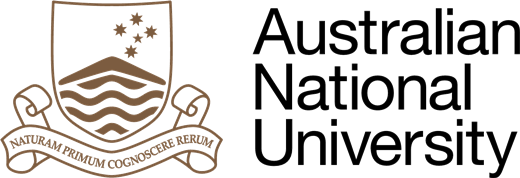



Canberra was founded in 1913 by American architect Walter Burley Griffin, it is a vast, planned city built as a collection of towns separated by green belts.
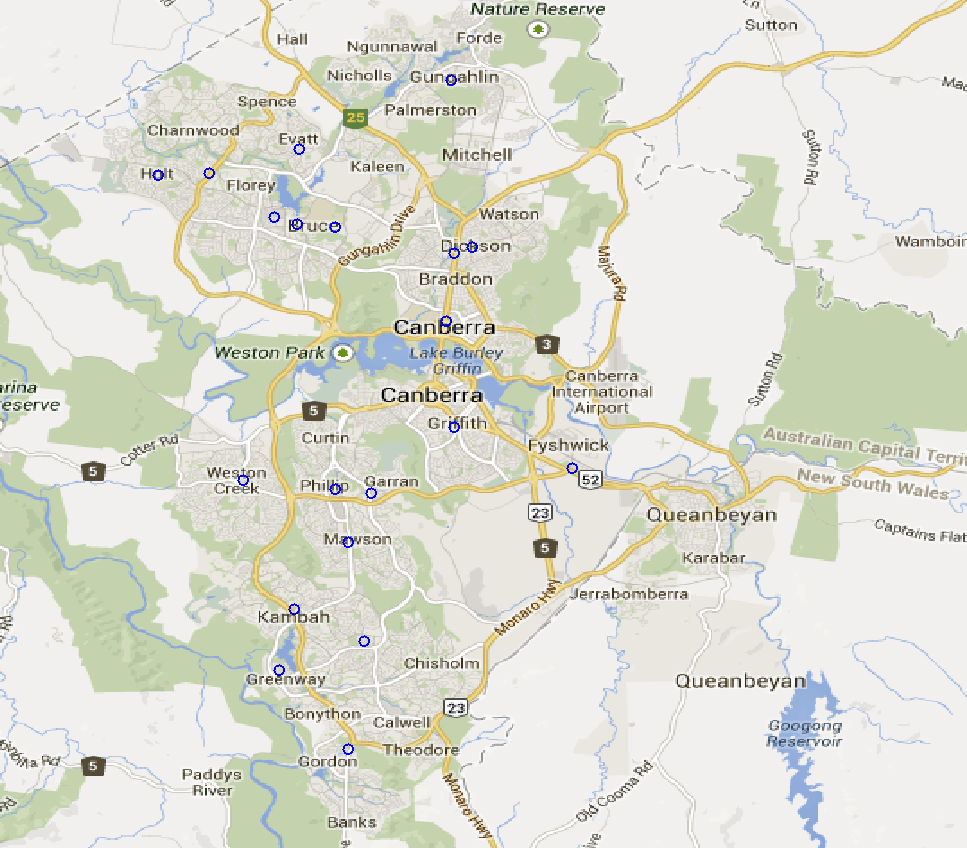

The Hub-Arc Location Problem [1] (HALP) is a variant of the well-known Hub Location Problem where hubs do not form a complete graph.

The Hub-Arc Location Problem [1] (HALP) is a variant of the well-known Hub Location Problem where hubs do not form a complete graph.
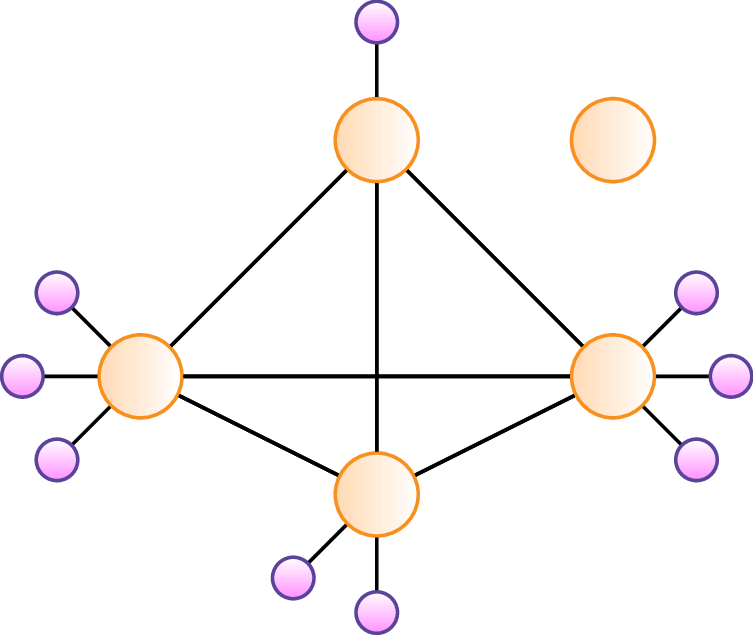
The Hub-Arc Location Problem [1] (HALP) is a variant of the well-known Hub Location Problem where hubs do not form a complete graph.
The HALP is used when designing networks where opening links between hubs has a cost but these links provide economies of scale (e.g., transhipping networks).
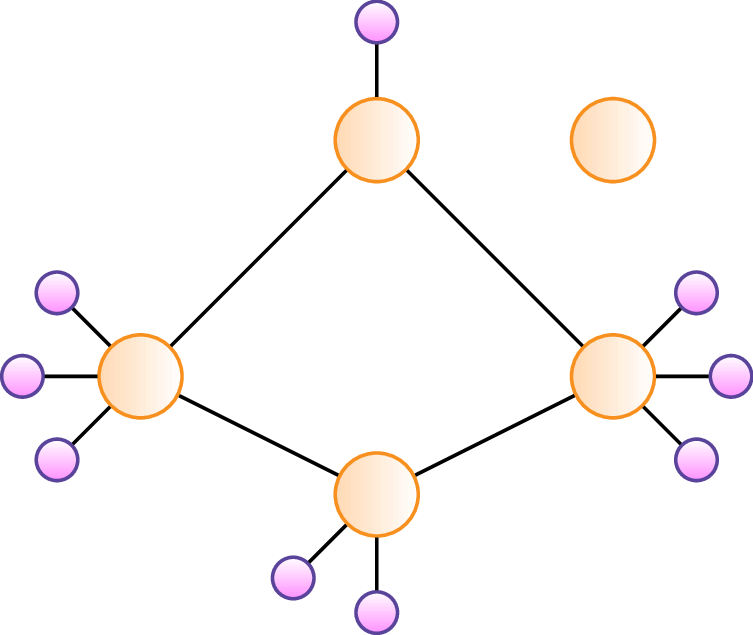

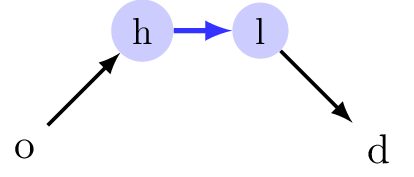
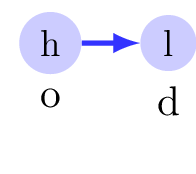
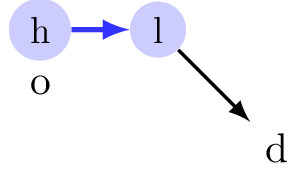
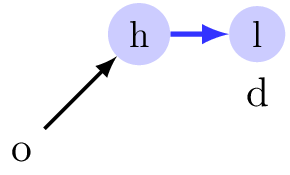
Some trips will never use the bus network, whatever the configuration!
About 30% of trips can just be omitted in the model when using 10 hubs; 20% with 20 hubs.
We have an upper bound on the cost $\tau_{od}$, let us remove any "best" scenario above that:
if $\tau_{oh} + \gamma_{hl} + \tau_{ld} > \tau_{od}$, then remove $x_{oh}$ and $x_{ld}$.
55% to 58% reduction in the number of $x$ variables.
$H_{10}$ has 130,000 $x$ variables, $H_{20}$ has 300,000.
The HALP can actually be seen as a two-level decision process.

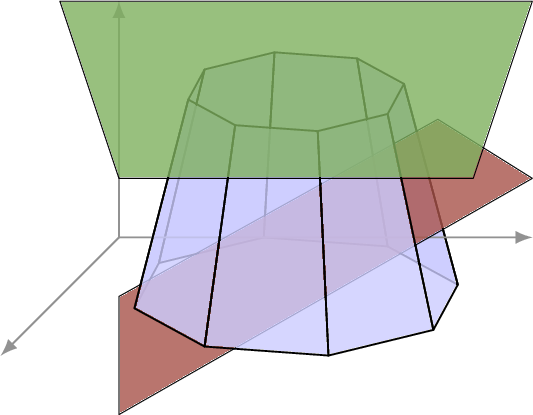
One issue with min-cost flow, as with many "network" problems, is its high degeneracy: multiple equivalent optimal solutions.
So we design a Pareto optimal sub-problem.
With fixed $z$, the sub-problem becomes a collection of independent min-cost flows.
We need to decide how we are going to "bundle" the cuts.
Papadakos [3] showed that the choice of a core point can dramatically influence the performance of Pareto approach. Even better when updating it. $$ z^{0 (n + 1)}_{hl} = \frac{z^{0 (n)}_{hl} + \bar{z}^{(n)}_{hl}}{2} $$
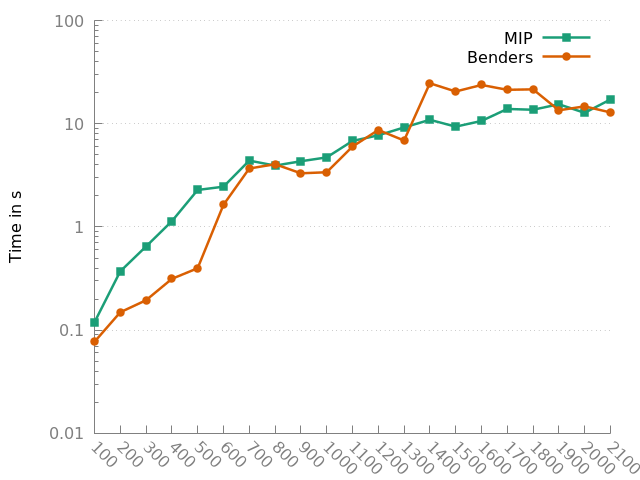
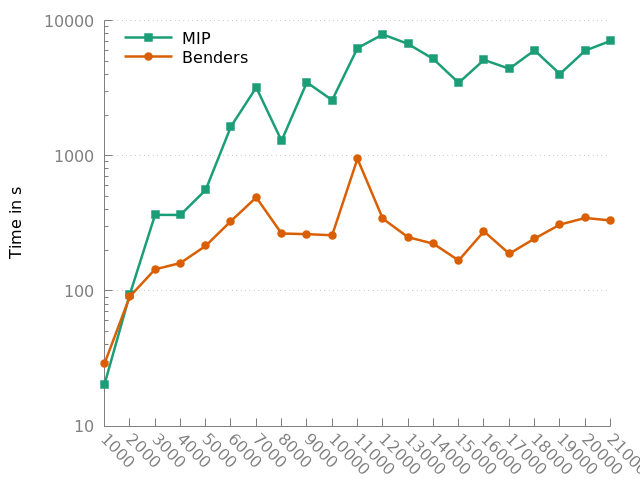
Thank you for your attention.
Paper available
arXiv:1601.00367 [cs.AI]